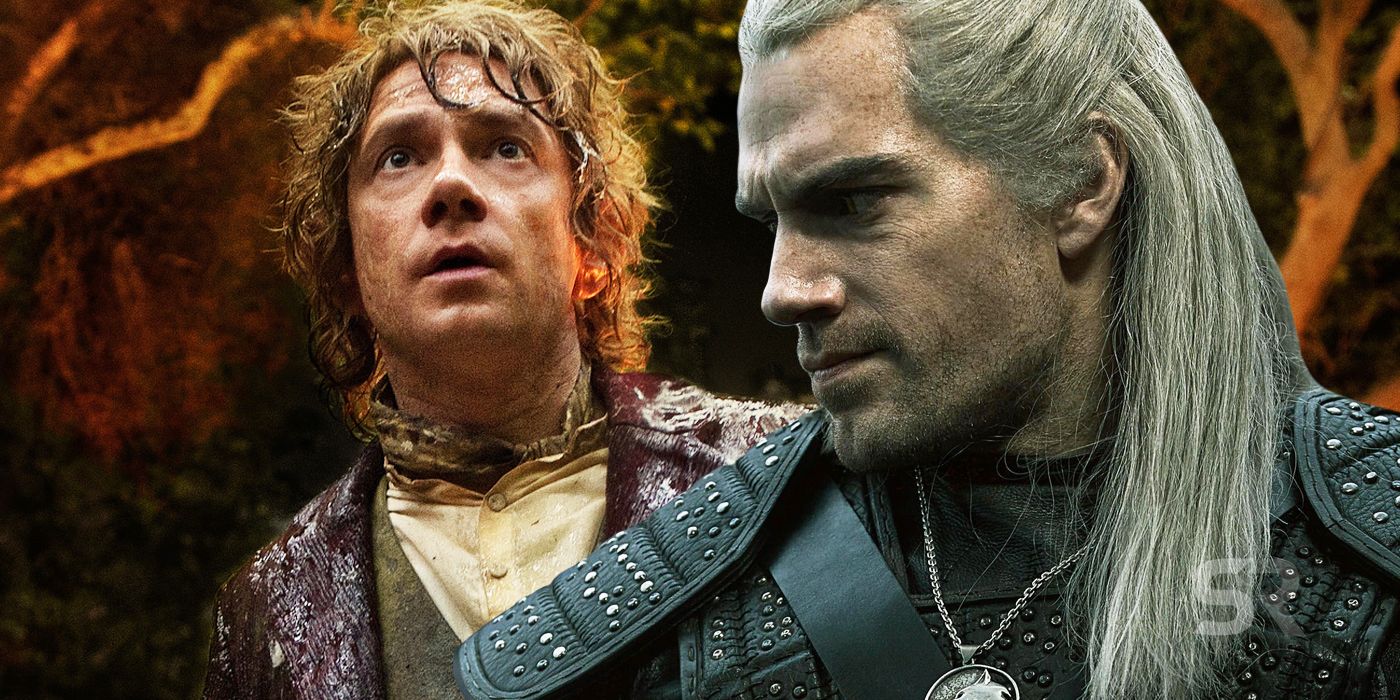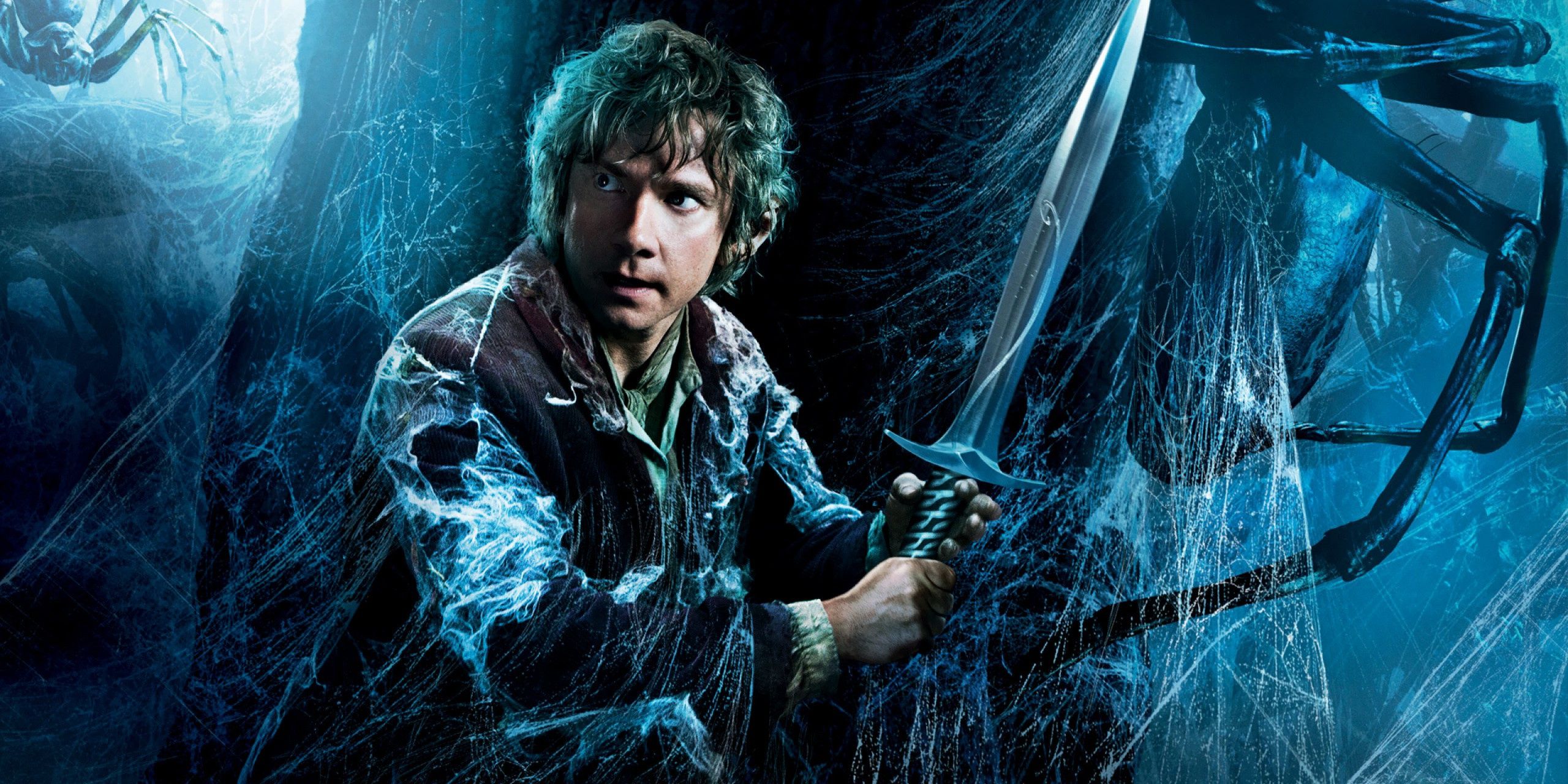The world of The Witcher is full of mythical creatures, many of which are inspired by different folktales, but also by the works of other fantasy authors – and as it turns out, The Witcher has its own hobbits. Created by Polish author Andrzej Sapkowski, The Witcher is a series of books that follow the many adventures of Geralt of Rivia, an enhanced monster hunter. The book series can be divided in three: the short stories (“The Last Wish”, “Sword of Destiny”), the saga (Blood of Elves, Time of Contempt, Baptism of Fire, The Tower of the Swallow, The Lady of the Lake), and a standalone novel (Season of Storms).
The Witcher has been adapted to video games and a Polish TV series, and got its first English-language adaptation thanks to Netflix. The Witcher was released in December 2019, and was renewed for a second season before the first one was out. The series followed the stories of Geralt (Henry Cavill), Yennefer of Vengerberg (Anya Chalotra), and Ciri (Freya Allan), all set in different points in time, though their paths converged at the end of the season. The Witcher season 1 featured various creatures from the source material, but as the Witcher universe is very rich, there are many waiting to be included in the series.
Some creatures, like the Striga, are a combination of figures from different mythologies, while others are borrowed from other authors, as is the case of the halflings. Though not included in The Witcher season 1, Sapkowski’s novels mention the existence of a non-human race called “halflings” (or, in Elder Speech, “pherian”), who are short and chubby human-looking beings, with big feet covered with curly hair. Halflings dress in bright and pastel colors but in a usually modest style, they are peaceful creatures who enjoy the comforts of home more than adventures, dedicate their lives to agriculture, and are immune to most magic. Although they are mostly calm, they do know how to defend themselves, and in moments of danger they show exceptional agility and great speed, as well as talent at throwing all sorts of missiles.
The Witcher’s halflings sound a lot like J.R.R. Tolkien’s hobbits because they are based on them. Sapkowski even drops the term “hobbit” in the books, and The Witcher 3: Wild Hunt has a reference to Bilbo Baggins with a halfling saying “don’t dare call me Bagginson!”. Hobbits were created by Tolkien and introduced in the children’s novel The Hobbit, published in 1937. Though Tolkien is the one responsible for the image of hobbits that the world is now so familiar with, the word might have been taken from other sources. The origin of the word is still unclear and there are many possible backstories to it, such as being taken from J. Hardy’s The Denham Tracts, Volume 2, where he used the word “hobbits” to refer to ghostly creatures without bodies.
With The Witcher season 2 now in production and the possibility of more seasons in the near future, Sapkowski’s version of hobbits will most likely make an appearance in the series at some point even if just in one episode, as season 1 did with most of its monsters and other mythical creatures.


